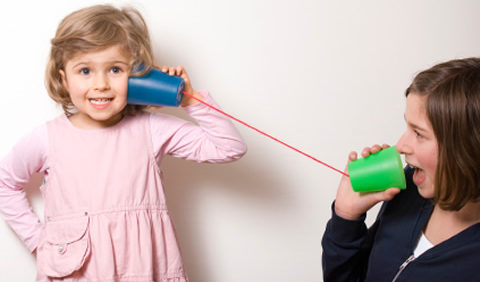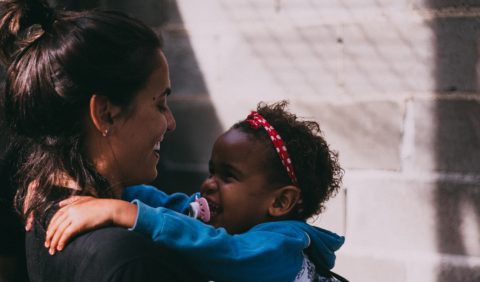
Language development is complex for a few reasons.
One of the main reasons is that there is a lot of development that needs to occur for a child to develop language skills.
A baby is learning language from the minute they are born.
The first five years of life are by far the most critical in terms of language development and understanding.
We can’t wait until they can say their first word. Let’s be honest, there are only a few standout events that can bring the same joy as that of hearing a child’s first word, however, for a child it’s the journey to the first word that is impressive.
Language takes many forms: oral, written, gestures, through facial expressions and your physical position.
Language can also be categorized into the expressive and receptive ways of communication.
We discuss these concepts in more detail- Expressive language- https://www.seriouslykids.com.au/expressive-language/ or Receptive language-https://www.seriouslykids.com.au/receptive-language/
We can support a child’s development by providing experiences that further support language development.
Children learn language through re-enforcement and imitation, social interactions, through an innate biological ability to learn language and their environment.
Language sub-systems
Language which has several ‘sub-systems’ which are needed to learn in the process of language acquisition.
- Phonology- which is the study of the sounds and the ‘rules’ for combining the sounds to make words and which sounds combine to make words.
- Morphology- Morpheme is the smallest units and the meaning such as dog and cat can stand by themselves but ‘ed’ and ‘ing’ cannot and must be added to another word. Morphology is the study of the pattern of word formations.
- Syntax- is the rules for combining words to make sentences. This is the grammar. A child, for example purposes again aged 3½ -4 years is using 5-8 word sentences, their using words that are grammatically correct such as ‘is’, ‘can’, ‘might’ as well as using connecting words such as ‘and, ‘but’, ‘because’.
- Semantics- understands the meaning behind words. This is where, for example, a child at age 3½ -4 years has word knowledge and can put in use such as identifying part of an object such as car wheels. The child will also understand and use more describing words such as ‘dirty’, ‘sad’, ‘long’ ‘small’ and is able to understand and use new location words such as ‘towards’ and ‘up. They are also use time words such as ‘now’, ‘soon’.
- Grammar- is what is to refer to our total linguistic knowledge of all of the above.
- Pragmatics- is the study of how people us language in various contexts.
- Comprehension– the ability to understand and comprehend the words used. A 3½ -4 year old child can follow three part instructions; answer simple questions all as a result of their ability to comprehend the language being used and respond accordingly.






